Research Highlights
Research Highlights
A selection of highlights culled from publications by HAO staff.
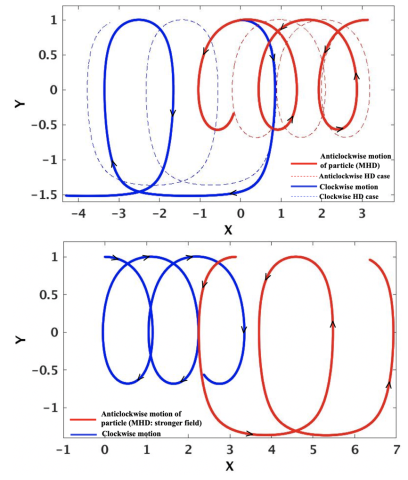
Physics Of MHD Rossby Waves In The Sun
Evidence of the existence of hydrodynamic and MHD Rossby waves in the Sun is accumulating rapidly. We employ an MHD Rossby wave model for the Sun in simplified Cartesian geometry, with a uniform toroidal field and no differential rotation, to analyze the role of each force that contributes to Rossby wave dynamics, and compute fluid particle trajectories followed in these waves.
![Comparison of 135.6 nm emissions from the SAMI3/WACCM-X simulation for the March case (left and middle panels) and GOLD emission data (right panel) observed from geosynchronous orbit [Eastes et al., 2019]](/sites/default/files/styles/large/public/2021-11/Liu_Comparison135.6nmEmissions.png?itok=DKM_bJf-)
Global Modeling of Equatorial Spread F with SAMI3/WACCM-X
We report the first results of a global ionosphere/thermosphere simulation study that self-consistently generates large-scale equatorial spread F (ESF) plasma bubbles in the post-sunset ionosphere. The coupled model comprises the ionospheric code SAMI3 and the atmosphere/thermosphere code WACCM-X.
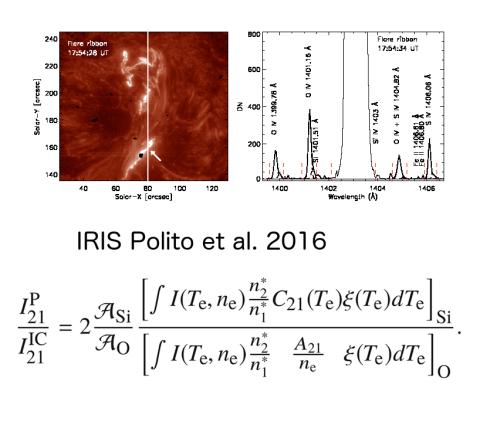
Some thoughts on emission-line spectroscopy
Philip Judge states that the interpretation of emission lines formed in large astrophysical plasmas such as the solar atmosphere faces many challenges. Relatively simple line-ratio estimates of physical parameters, while appealing, are heavily laden with assumptions.

Simulated trends in ionosphere-thermosphere climate due to predicted main magnetic field changes from 2015 to 2065
The strength and structure of the Earth's magnetic field is gradually changing. These changes do not only affect the difference between the geographic and magnetic pole, which we have to consider when we hike in higher latitude regions.
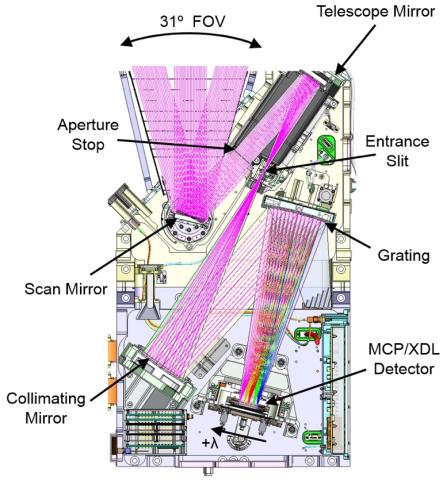
Global-scale Measurements of the Limb and Disk (GOLD) Mission Implementation: Instrument Design and Early Flight Performance
The Global-scale Observations of the Limb and Disk (GOLD) is a NASA mission of opportunity designed to study how the Earth’s ionosphere-thermosphere system responds to geomagnetic storms, solar radiation and upward propagating tides on time scales as short as 30 minutes.
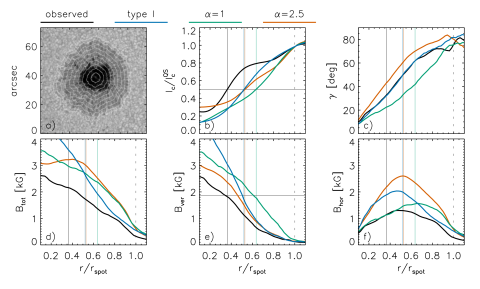
A distinct magnetic property of the inner penumbral boundary III. Analysis of simulated sunspots
The analyses of sunspot observations revealed a fundamental magnetic property of the umbral boundary, the invariance of the vertical component of the magnetic field. We aim to analyse the magnetic properties of the umbra-penumbra boundary in simulated sunspots and thus assess their similarity to observed sunspots.
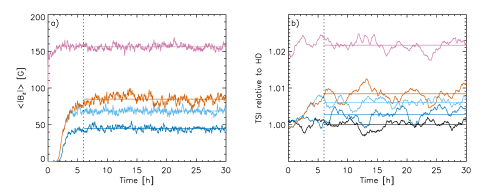
On the contribution of quiet Sun magnetism to solar irradiance variations: Constraints on quiet Sun variability and grand minimum scenarios
While the quiet Sun magnetic field shows only little variation with the solar cycle, long-term variations cannot be completely ruled out from first principles.
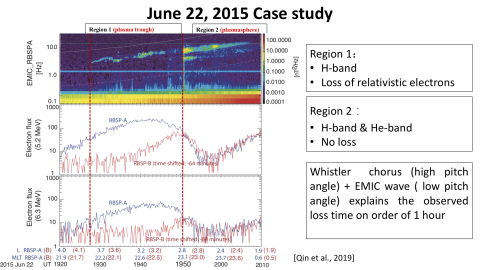
Statistical Dependence of EMIC Wave Scattering on Wave and Plasma Parameters
A recent statistical study has suggested that not all electromagnetic ion cyclotron (EMIC) waves can scatter relativistic electrons. However, knowledge of the factors that influence the EMIC wave scattering efficiency is still limited in observations. In our study, we perform 6 years of analysis of data from 2013 to 2018, with relativistic electron precipitation (REP) observed by POES and EMIC wave observations from Van Allen Probes.
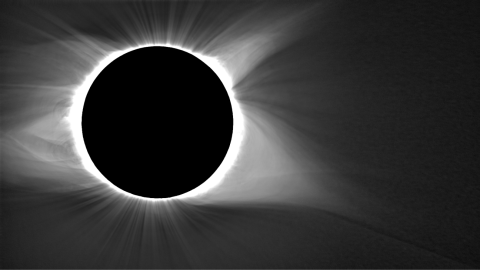
A new facility for airborne solar astronomy: NASA’s WB-57 at the 2017 total solar eclipse
NASA's WB-57 High Altitude Research Program provides a deployable, mobile, stratospheric platform for scientic research. Airborne platforms are of particular value for making coronal observations during total solar eclipses because of their ability both to follow the Moon's shadow and to get above most of the atmospheric airmass that can interfere with astronomical observations.